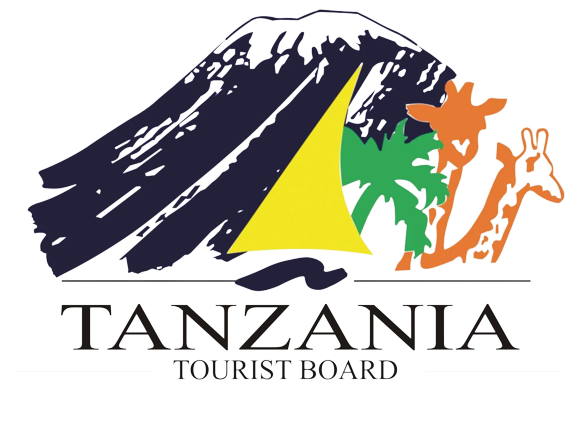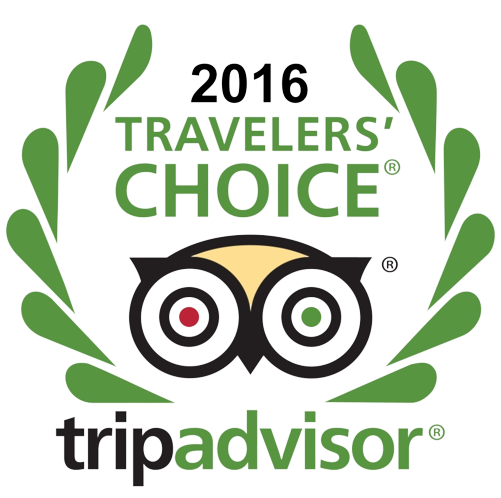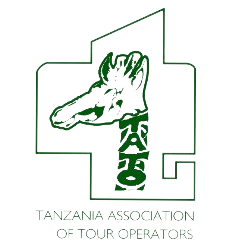Thrilling Kilimanjaro Expedition: Lemosho Route in 7 Days
7
Days
ITINERARY
While it is possible to complete the Lemosho Route on Mount Kilimanjaro in 7 days, it is generally recommended to opt for a longer itinerary to allow for better acclimatization and increase your chances of successfully reaching the summit. The Lemosho Route is known for its scenic beauty, and a more extended itinerary allows you to fully appreciate the surroundings and adapt to the high altitude. However, if you are short on time and prefer a more challenging schedule, here is a sample 7-day itinerary for the Lemosho Route:
Day 1: Arrival in Moshi
Arrive in Moshi, Tanzania, and meet your trekking team. Have a briefing session with your guide to discuss the climb and ensure you have all the necessary equipment.
Day 2: Lemosho Gate (2,360m) to Mti Mkubwa Camp (2,800m)
Drive to the Lemosho Gate and begin your trek through the lush rainforest. The trail gradually ascends, and you'll reach Mti Mkubwa Camp, where you'll set up camp for the night.
Day 3: Mti Mkubwa Camp (2,800m) to Shira 2 Camp (3,900m)
Continue your trek through the heath and moorland zone, passing the Shira Cathedral and the Shira Plateau. You'll ascend to Shira 2 Camp, where you'll spend the night.
Day 4: Shira 2 Camp (3,900m) to Barranco Camp (3,960m)
Today's trek takes you across the alpine desert terrain. You'll ascend to the Lava Tower (4,630m), a challenging but rewarding section. Afterward, descend to the Barranco Camp situated in a valley beneath the Barranco Wall.
Day 5: Barranco Camp (3,960m) to Karanga Camp (3,995m)
Begin your day with a scramble up the Barranco Wall, offering stunning views. Continue along the mountain ridge and descend to the Karanga Camp, where you'll spend the night.
Day 6: Karanga Camp (3,995m) to Barafu Camp (4,673m)
Ascend to the Barafu Camp, the final camp before the summit. The trek is steep but relatively short. Rest and prepare for the summit attempt.
Day 7: Barafu Camp (4,673m) to Uhuru Peak (5,895m) to Mweka Camp (3,100m)
On the last day of your adventure, descend from Mweka Camp to Mweka Gate, where you will receive a well-deserved certificate of accomplishment. Descending through the lush rainforest, you'll have the opportunity to reStart the summit push around midnight. Trek to the Uhuru Peak, the highest point on Kilimanjaro, in time for sunrise. Descend back to Barafu Camp for a short rest before continuing down to Mweka Camp for the night.
Please note that this itinerary is demanding due to the limited acclimatization time. It is crucial to be in excellent physical condition and have prior experience with high-altitude trekking. Adequate preparation and consultation with experienced guides are essential for a safe and successful climb. reflect on the power and beauty of your Kilimanjaro experience. Upon reaching Mweka Gate, bid farewell to your guides and porters, expressing gratitude for their support throughout the journey.
Our representative will be waiting for you at the gate to transfer you back to your hotel in Moshi. Take a refreshing shower, relax, and celebrate your remarkable achievement with a delicious dinner. Share stories and memories of your Kilimanjaro adventure, cherishing the power and triumph you experienced along the way.
COST
The cost Include
- Pick-up or Drop-off service from and to Airport(in our own vehicle)
- Transportation to and from!!
- Food all along the trip(Breakfast, Lunch, Dinner and a cup of coffee or tea) and accommodations during the trip in hotels with family environment
- Transportation, food, accommodation and insurance of Guide during the trip
- Down jacket, all-season sleeping bag, duffel bag and trekking map(in case if you don’t have your own. Down jacket, sleeping bag and duffel bag must be returned after completion of the trip)
- First Aid Medical Kit(Your guide will carry the Medical Kit but we also advise to bring yourself for your own use, as far as possible)
- All the required permits and paperwork
The cost Excludes
- International Airfare
- Visa Charges
- Hotel Expenses
- Your travel and medical insurance
- Personal Expenses such as shopping, bar bills, hot shower, telephone, laundry, titbits etc
- Services not mentioned or not promised by the agent/agency
- Emergency expenses such as expenses on chartered helicopter.
FAQ
The Lemosho Route is considered a moderately difficult route. It offers a gradual ascent, allowing for better acclimatization and increased chances of reaching the summit successfully. However, it still requires a good level of physical fitness and mental determination. Proper preparation, including regular exercise and altitude training, is recommended to increase your chances of a successful trek.
The best time to trek the Lemosho Route is during the dry seasons, which are from January to mid-March and from June to October. These months generally have less rainfall and clearer skies, providing better visibility and a more enjoyable trekking experience. However, it’s important to note that Kilimanjaro’s weather can be unpredictable, and you should be prepared for varying conditions throughout your trek.
Accommodation on the Lemosho Route is in tents, as it is a camping route. The trekking company will provide tents, sleeping mats, and other necessary camping equipment. The tents are typically shared by two trekkers, and a dining tent and toilet facilities are also provided. It’s important to note that the camping experience adds to the sense of adventure and allows you to fully immerse yourself in the natural surroundings.
Yes, a permit is required to trek the Lemosho Route and climb Mount Kilimanjaro. The permit is obtained through a licensed trekking company, who will arrange all the necessary permits and paperwork on your behalf. It’s important to book your trek with a reputable company that takes care of all the logistics and ensures compliance with park regulations.
While prior trekking or climbing experience is not mandatory, it is highly recommended. The Lemosho Route involves long days of trekking at high altitudes, and having some experience with multi-day hikes and endurance activities can help you better prepare mentally and physically for the challenge. However, with proper training, determination, and the support of experienced guides, many first-time trekkers successfully conquer the Lemosho Route.
Trekking the Lemosho Route is generally safe, especially when you trek with an experienced and reputable trekking company. The guides and porters are knowledgeable about the route, weather conditions, and safety protocols. It’s important to listen to their advice, follow their instructions, and pace yourself during the trek. Altitude sickness is a potential risk, but with proper acclimatization, adequate hydration, and a gradual ascent, the risk can be minimized.
Packing essentials for the Lemosho Route include appropriate clothing for varying weather conditions, including layers to accommodate temperature changes, a sturdy pair of hiking boots, a comfortable backpack, a sleeping bag, a headlamp, trekking poles, sunscreen, a hat, gloves, and personal medications. It’s important to pack light but include all the necessary items for your comfort and safety. A comprehensive packing list will be provided by your trekking company.
MAP
- Best Price Guaranteed
- No Booking Fees
- Professional Local Guide
Need Help with Booking? Send Us A Message
- Tansportation
Cruser 4 X 4
- Accommodation
Oppt
- Maximum Altitude
5,895 meters (19,341 feet)
above sea level.
- Best Season
These months offer more favorable weather conditions with less rainfall and clearer skies. The dry seasons provide better visibility, making it easier to appreciate the stunning views along the route.
However, it’s important to note that Kilimanjaro’s weather can be unpredictable, and even during the dry seasons, there can still be occasional showers or clouds. It’s advisable to be prepared for varying weather conditions and fluctuations in temperature as you ascend to higher altitudes.
The trails can become muddy and slippery, making the trek more challenging. Additionally, cloud cover and reduced visibility may impact the overall experience. Therefore, it is recommended to plan your climb during the dry seasons to maximize your chances of a successful and enjoyable trek.
The Ultimate Expedition
Experience the Diversity of Kilimanjaro's Routes
Kilimanjaro, the iconic and majestic mountain in Tanzania, offers several exhilarating routes to reach its summit. Each route presents a unique blend of natural beauty and challenges, catering to different levels of trekkers. From the popular Machame Route with its scenic vistas and diverse landscapes to the quieter and less crowded Rongai Route on the mountain’s north side, there is a route to suit every adventurer. The Marangu Route, known as the “Coca-Cola” route, provides comfortable hut accommodations, while the Lemosho Route showcases the mountain’s untouched wilderness. Whichever route you choose, conquering Kilimanjaro promises an awe-inspiring journey, testing your limits while immersing you in the raw magnificence of one of Africa’s most iconic peaks.






